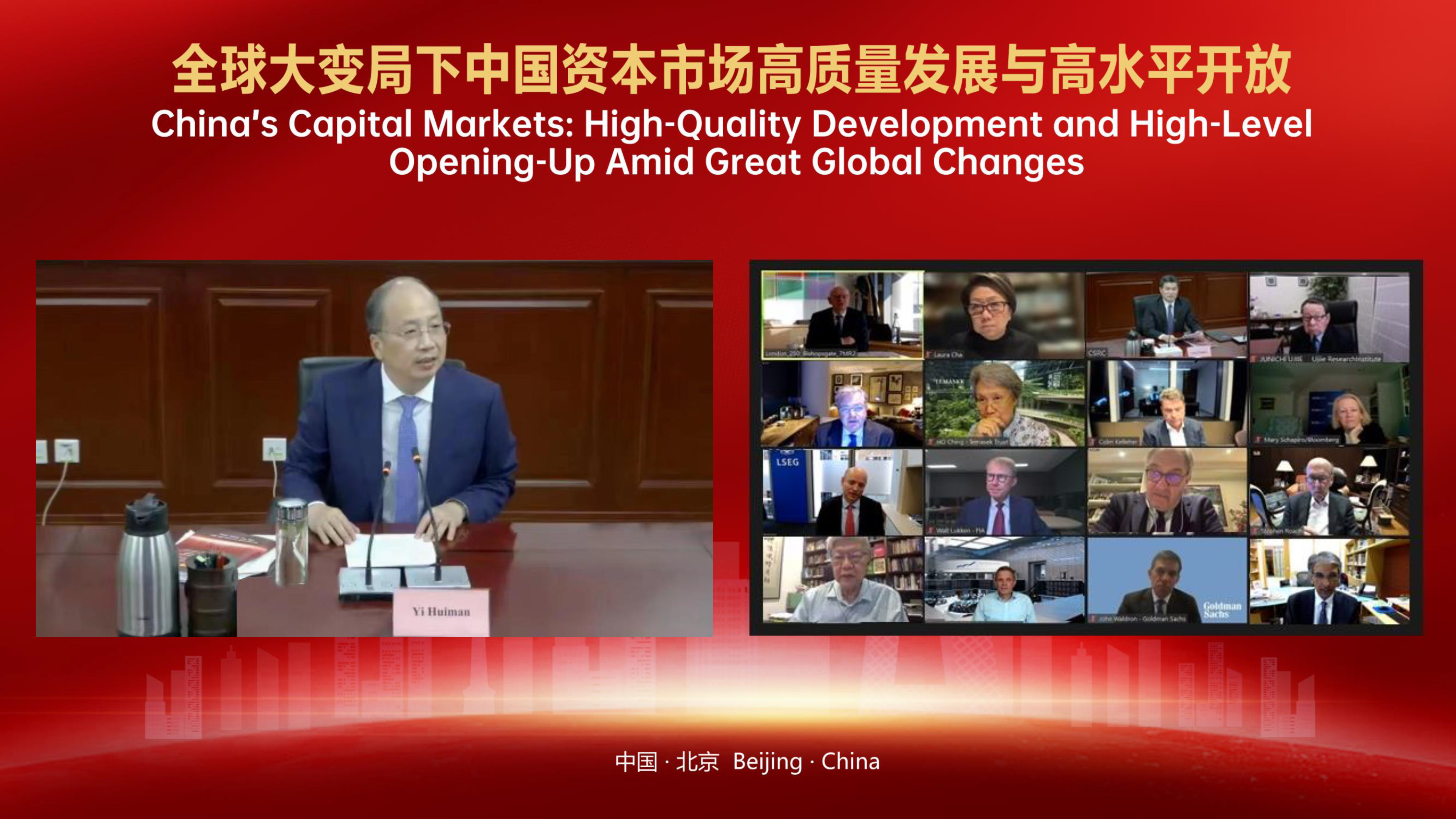Top priority in 2023: Recovery and expansion of consumption
It has put consumption in the spotlight by saying that the country will focus on boosting domestic demand this year by prioritizing the recovery and expansion of consumption, indicating an urgent need for proactive moves targeting the sector. For a brief view of why and how, we first need to know what the country is facing in the sector.
Downside drivers
Based on the recent figures released by the National Bureau of Statistics, consumption performance in 2022 was relatively weak. Total retail sales of consumer goods in November stood at 3.86 trillion yuan ($561.2 billion), down 5.9 percent year-on-year. Among them, retail sales of consumer goods other than automobiles were 3.48 trillion yuan, down 6.1 percent. Total retail sales of consumer goods from January to November edged down 0.1 percent to 40 trillion yuan, among which retail sales of consumer goods other than automobiles stood at 35.85 trillion yuan, a dip of 0.2 percent. The decline is even bigger with inflation factors excluded.
There are several reasons leading to the short-term consumption weakness. First, external factors including the Russia-Ukraine conflict, the COVID-19 pandemic and high global inflation have led to weak external demand, and added to weakening domestic property performance, these factors all weighed on last year's economic momentum. As a result, there were also declines in the growth rate of household incomes.
On the other hand, due to weakening market expectations, household deposits rose significantly. Household deposits increased by 2.25 trillion yuan in November alone, while consumption decreased accordingly. The sharp increase in household deposits indicates that concerns over spending are rising, which has a negative impact on short-term consumption.
The long-term factors are also not encouraging. Theoretically, growth of consumption mainly depends on three major factors over the long run. They are growth of household income, proportion of consumption in disposable household income and the proportion of incomes of low- and middle-income earners in the nation's total.
In the context of the overall downward pressure on economic growth, it will be a tough task to see a significant leveling-up in household income this year. For example, the GDP growth rate in the first three quarters last year was 3 percent, while per capita disposable household income rose 3.2 percent. According to forecasts that have been made for this year's economic growth rate in China, there certainly will be an increase, but it won't be sharp and it may be difficult to witness big surges in the consumption growth rate.
Compared to other major economies, China features a high savings rate and low consumption rate in its household spending sector — not only much lower than that of developed economies, but also lower than that of some developing economies. Apart from habitual factors in savings commonly seen in Chinese consumers, such a phenomenon also reflects residents' increasing concern over lifestyle institutions such as education, medical care and pensions.
According to our analysis of the GDP of major economies in recent years, the contribution of final consumption to GDP in the United States exceeds 80 percent, more than 75 percent in France, and above 70 percent in Germany, Japan, Vietnam and India. For China, the figure is around 55 percent — a relatively low figure for a country possessing such a big market.
The incomes of low- and middle-income earners account for a relatively low proportion of total household incomes. The low- and middle-income group is supposed to be the main force of consumption. That is, their marginal propensity to consume is higher than that of the high-income group. According to the NBS, the gap between China's high-income group and low-income group has widened over the past two years due to the impact of the COVID-19 pandemic, which is obviously not conducive to the growth of consumption. Therefore, it is particularly urgent to further narrow the gap and increase the proportion of the incomes of low- and middle-income groups.
Under such circumstances, it is indeed critical for China to "prioritize the recovery and expansion of consumption" in 2023, and give full play to the role of consumption in stabilizing growth. Though the nation adopted a proactive fiscal policy and a prudent monetary policy in response to macroeconomic pressure last year, looking forward to this year, real estate and exports, both of which play key roles in boosting the nation's economy, are still finding ways to revitalize themselves. Infrastructure investment can be used as a countercyclical policy tool to maintain a rapid growth rate, though it cannot completely hedge against the downtrend in property and manufacturing investment over the long run.
Three key tasks in three major areas
Boosting consumption relies much on improving the overall income levels of consumers, especially among low- and middle-income earners. In our view, there are three tasks that can improve consumption performance in three major areas — government units, enterprises, and residents in general.
First, the country should take steps to rationalize support of State finance to the household spending sector and steadily increase the proportion of disposable income among consumers to GDP. We drew a summary of the NBS data in recent years and learned that the proportion of China's household income to GDP has been around 45 percent for many years, while the global average is about 60 percent. This, as we see, is the main reason for the relatively low contribution of China's consumption to GDP. A recently unveiled government plan on expanding domestic demand also proved our conclusion and said China will increase the proportion of labor remuneration in primary distribution.
Similar to the government's transfer of income to enterprises through tax and fee reductions, government departments can also consider transferring income to the household income sector. Income transfer can be carried out in the following ways: transfer payments are targeted to low-income groups, such as increasing income subsidies for low-income groups to ensure they do not revert back into poverty, improve the efficacy of social security, such as using fiscal funds to increase pension support, promoting the reform of education and medical systems to reduce financial burdens and issue more consumption vouchers.
Second, the government should also consider efforts in multiple sectors to increase residents' income from property, so as to help them have the confidence to purchase goods and services. To this end, it is necessary to adopt a multi-pronged approach to stabilize housing prices, land prices and market expectations. On the other hand, providing new channels for consumers to increase property income is critical to stabilizing overall economic growth.
Such a move requires policies to support the development of the capital market, maintain the bottom line of no systemic risk under the current low valuation level of equity assets and actively encourage long-term funds of institutional investors to enter the market — as well as increase the proportion of foreign capital entering the market under the high-level opening-up policy.
The country should also take active steps to push for tertiary distribution and gradually improve the income structure of the household consumption sector by increasing the proportion of the incomes of low- and middle-income groups. According to the NBS, the per capita level of the top 20 percent of earners in China is almost 10 times that of the bottom 20 percent of earners, reflecting the urgent need to develop more sustainable forms of social charity. Compared with the global average, the current proportion of social donations to GDP in China is very small. According to official data, in 2021, China's social donations accounted for 0.2 percent of GDP, while that in the US reached 2.3 percent. By promoting the expansion of the scale of the tertiary distribution, the income levels of low- and middle-income groups can be raised, thereby promoting consumption.
The views don't necessarily reflect those of UDF-Space.






















































First, please LoginComment After ~